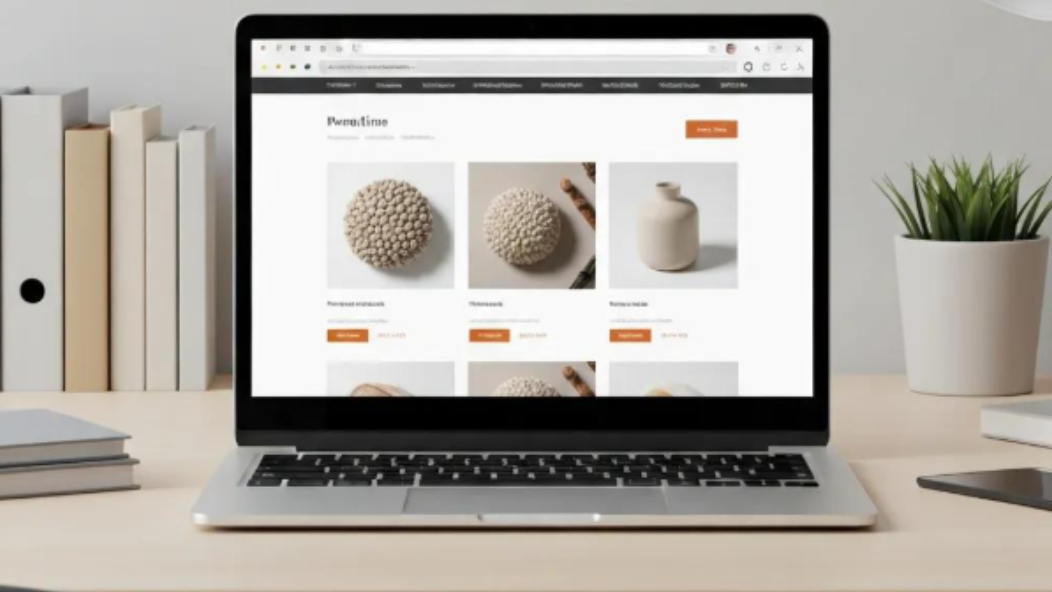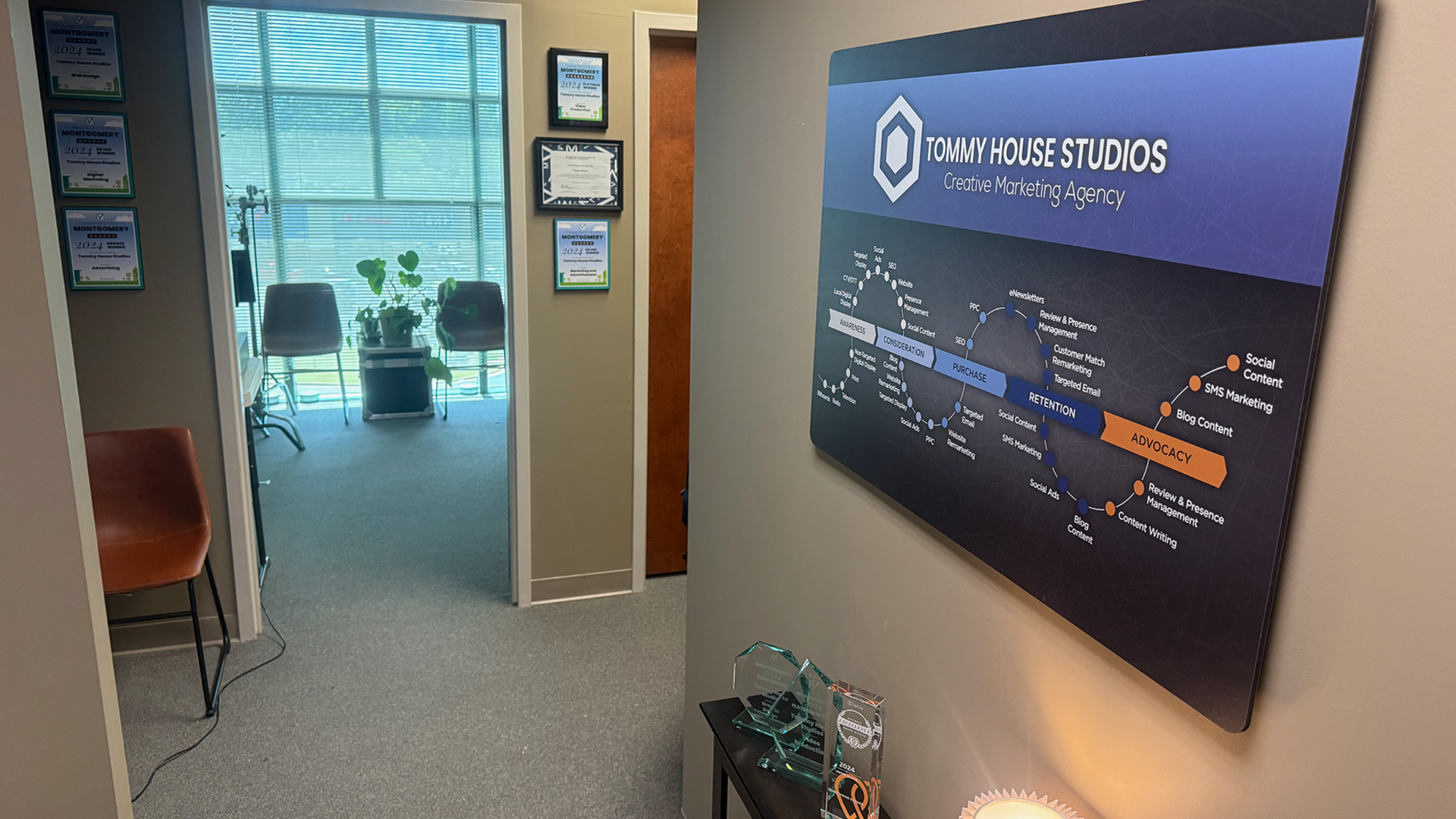Phases of Advertising a New Business or Website in a Small Market
Advertising a New Business in a Small Market Using Omni-Channel Ads
Launching a new business or website in a small market requires a phased approach to advertising. Unlike major metros where audience size and budget can compensate for inefficiencies, smaller markets demand precision and consistency. Omni-channel advertising—where multiple platforms work together to amplify results—ensures your brand message is reinforced at every touchpoint. At the same time, organic marketing and community engagement remain critical.
Below are the key phases of rolling out a campaign for a new brand in a small market, with strategies to balance paid ads, organic content, and real-world networking.
Phase 1: Awareness & Brand Introduction
Goal: Get noticed and establish your presence.
Your first job is visibility. If your target audience doesn’t know you exist, they can’t do business with you. Omni-channel advertising, combined with grassroots visibility, maximize exposure.
- Paid Channels: Social media ads (Facebook, Instagram, TikTok), local digital signage, streaming/radio, light direct mail.
- Organic Channels: Branded social media profiles with consistent posting (photos, stories, short-form video).
- Community Tactics: Networking with local chambers, attending events, and word-of-mouth introductions.
- Messaging Focus: Who you are, what you offer, and why you’re relevant to your local community. Keep it simple and consistent.
Phase 2: Engagement & Education
Goal: Move the audience from curiosity to interest.
At this stage, you’re building credibility and trust. Paid, organic, and personal outreach should all reinforce one another.
- Paid Channels: Retargeting ads, search engine marketing, boosted posts.
- Organic Channels: Website blog posts, FAQ videos, testimonials, behind-the-scenes stories.
- Referral Tactics: Build referral networks with complementary businesses and service providers.
- Messaging Focus: Highlight benefits and provide proof of value. Show why choosing you makes sense.
Phase 3: Conversion & Action
Goal: Drive sales, sign-ups, or appointments.
Once awareness and trust are built, the campaign must generate measurable results.
- Paid Channels: Google Ads targeting local search intent, geo-fenced campaigns, social media lead ads.
- Organic Channels: Optimized website pages for conversions, persuasive calls-to-action on social media.
- Boots-on-the-Ground: Door-to-door outreach, local sponsorships, flyers, and direct referrals from community contacts.
- Messaging Focus: Clear, urgent, and action-oriented. Use offers like “Book Now,” “Order Today,” or “Visit Us This Weekend.”
Phase 4: Retention & Loyalty
Goal: Keep customers engaged and coming back.
In smaller markets, customer loyalty is especially valuable. Omni-channel tools, organic engagement, and personal connections work together to strengthen retention.
- Paid Channels: Retargeting campaigns, loyalty program promotions.
- Organic Channels: Consistent posting on social media, email and SMS nurturing.
- Community Tactics: Customer appreciation events, local collaborations, referral rewards.
- Messaging Focus: Appreciation, exclusivity, and community support. Emphasize, “Thank you for supporting local.”
Phase 5: Optimization & Scaling
Goal: Fine-tune performance and carefully expand reach.
Once the campaign has cycled through, it’s time to optimize. Small markets are easier to saturate, so smart adjustments matter.
- Evaluate Data: Track which channels and creatives drove the best results.
- Double Down: Reinvest in top-performing ads and organic strategies.
- Scale Carefully: Expand reach into neighboring zip codes or partner with more referral sources.
- Messaging Focus: Keep the brand fresh, relevant, and aligned with the needs of your expanding audience.
Final Note: Paid + Organic + Community = Healthy Growth
Omni-channel advertising is powerful, but it works best when paired with organic campaigns and boots-on-the-ground efforts.
- Organic Campaigns: Every business should maintain active, branded social media and SEO-driven website content. This builds trust without relying solely on paid ads.
- Referral Networks: For service-based businesses, strong referral partners—such as realtors, contractors, or medical providers—can be more valuable than a single ad campaign.
- Community Presence: In small markets, being seen in person—whether through networking, events, or local sponsorships—matters as much as digital impressions.
By combining paid Omni-channel advertising with organic engagement and community connections, new businesses build not just visibility, but long-term credibility and growth.
Are you a small business owner that needs help getting your brand established in your market? Contact us today, we can help!











